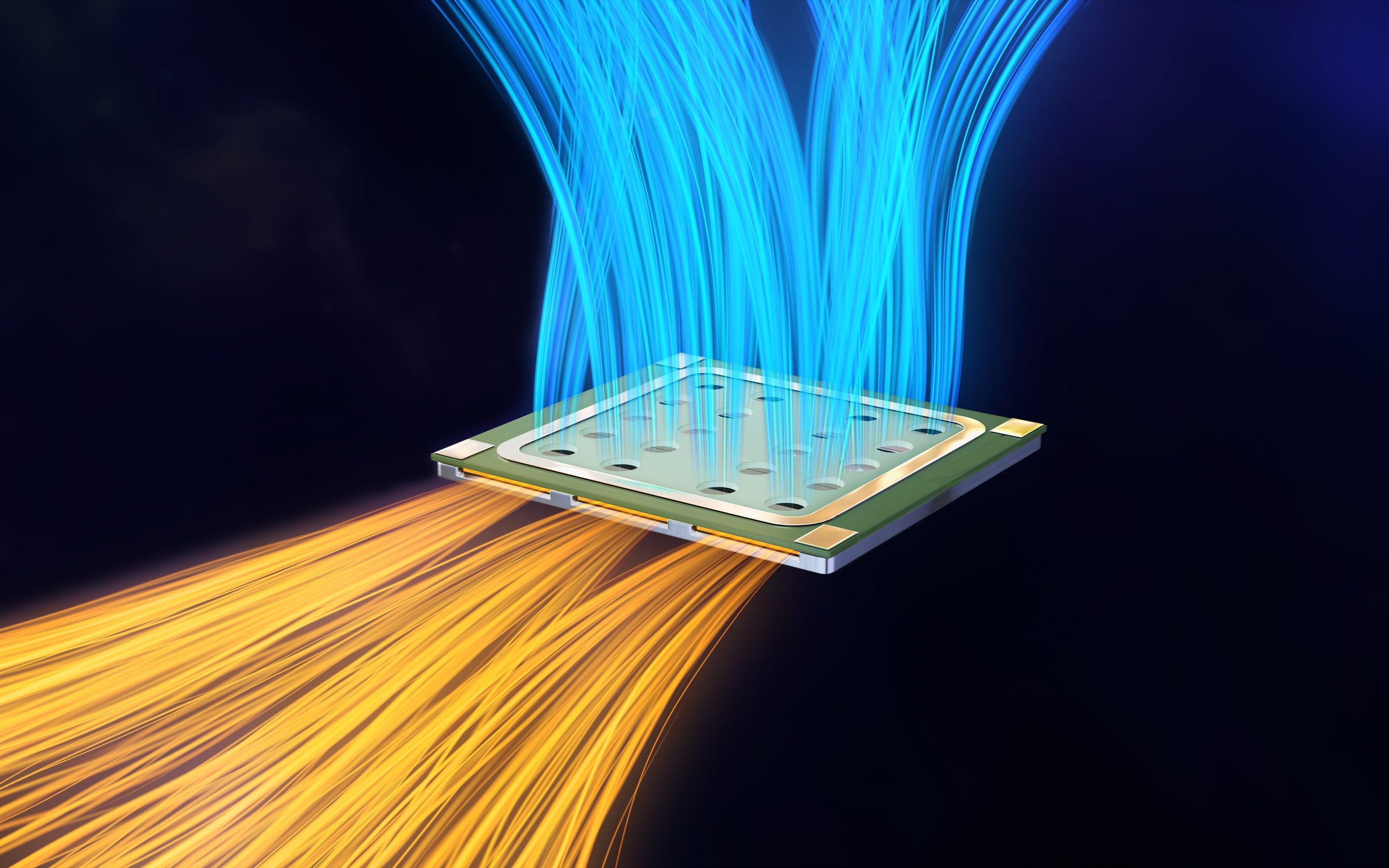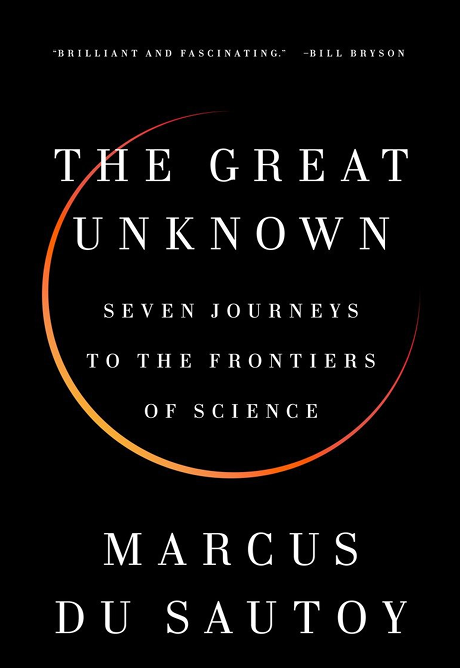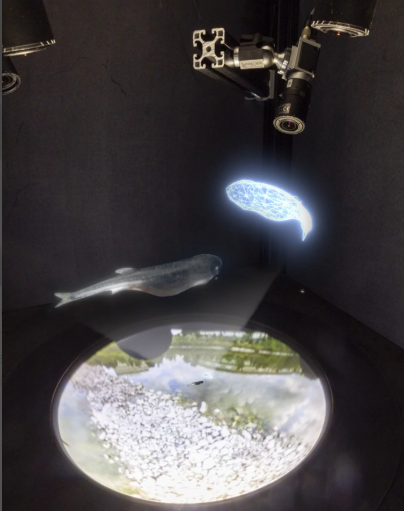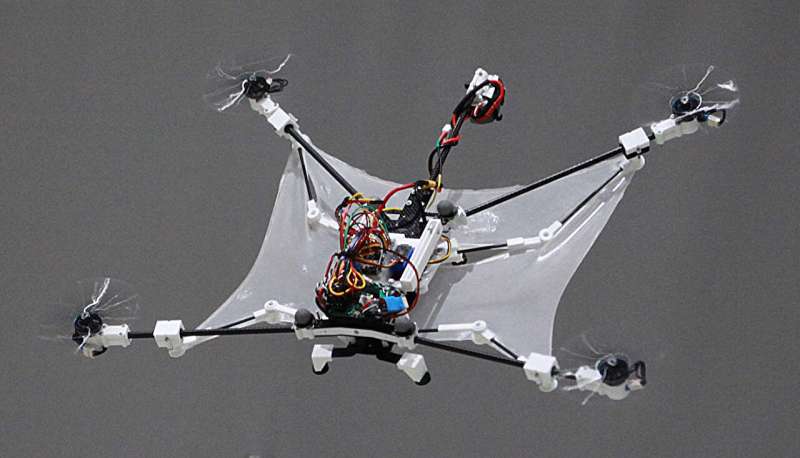If you’ve ever wondered why time flies during vacations but crawls during awkward silences or like me if you often engage in thought experiments related to time, then you’ll surely like Dean Buonomano’s Your Brain Is a Time Machine, first published in 2017.
Read MoreMonth: May 2025
A Surprising New Theory About Dark Matter and Dark Energy, Inspired by Superconductors
We understand dark matter and dark energy as those invisible things in space that we can’t see but know are out there. As per the scientists dark matter helps hold galaxies together, and dark energy is somehow making the universe expand faster.
Read MoreInterview: Dohyeon Lee, Robotics Scientist at Pohang University of Science & Tech, South Korea
Last week, I came across something that genuinely blew my mind – a flying squirrel-inspired drone with foldable wings. Yep, a drone that mimics how a squirrel glides through the air. It was one of those rare “wait, what?” moments that made me want to dig deeper. So, I reached out to the team behind it. Dohyeon Lee, one of the researchers on the project, said yes to an email interview.
Read MoreTerrell-Penrose Effect: Visualizing High-Speed Relativity
I’ll be honest, I have always thought ‘thought-experiments’ can never be visually demonstrated. And so, we would have to keep imagining intangible concepts in our minds, like, what happens to an object traveling at the speed of light, where time would seemingly stop and length would contract. However, a group of researchers in Austria did something unbelievable. They visually demonstrated the Terrell-Penrose effect, a phenomenon predicted all the way back in 1959 but never actually observed.
Read MoreMaking Terahertz Waves Work on a Chip, Without the Bulk
Researchers at MIT have built a small chip that can generate terahertz waves more effectively and more affordably than what’s currently out there. That’s huge, ‘cause terahertz waves sit between radio and infrared on the electromagnetic spectrum, so they can carry more data than radio waves and see through more materials than infrared light. This makes them a promising candidate for faster wireless communication, sharper medical imaging, better security scanners, and smarter environmental monitoring.
Read MoreBook Review: The Great Unknown by Marcus du Sautoy
Have you ever felt that curious while looking up at the night sky? The idea that we are so puny in the vastness of space doesn’t make you wonder sometimes about the mysteries that lie beyond our understanding? That’s exactly the idea Marcus du Sautoy explores in The Great Unknown: Seven Journeys to the Frontiers of Science, first published in 2016. He has tried to explore the limits of human knowledge. And somehow, it’s both humbling and electrifying, which makes the book so fascinating to read.
Read MoreScientists Use VR to Teach Robots Swarming Behavior by Studying Fish
A team of biologists and robotic engineers recently used virtual reality (VR) to crack the code of how fish school, with the goal of teaching robots to swarm in the same way. Imagine you’re at a party where everyone’s dancing to the same rhythm, but there’s no DJ or leader telling people what to do. Everyone just knows how to stay in sync, avoid bumping into each other, and respond to changes in the crowd. That’s basically what schools of fish do, and it’s something that robots have struggled to…
Read MoreNortheastern Researchers Enhance LiDAR-Based Robot Navigation Efficiency
A paper from Northeastern University looks at how to improve the way robots and self-driving systems determine their location and build maps using LiDAR and IMU sensors. LiDAR sensors measure distance by bouncing laser pulses off objects, while IMU sensors track motion using accelerometers and gyroscopes. So, the paper tackles a common issue in robotics called SLAM, which is, simultaneous localization and mapping. Basically, how can a robot know where it is while it’s still building the map?
Read MoreBiomimicry: Squirrel Drone with Foldable Wings Shows Superior Maneuverability
Drones that we see today are very well equipped with focusing systems that allow for high-resolution imaging, precise navigation, and advanced object tracking capabilities. However, when it comes to executing sharp turns, a key limitation of today’s drones, the tech is still in its early stages of development.
Read More








